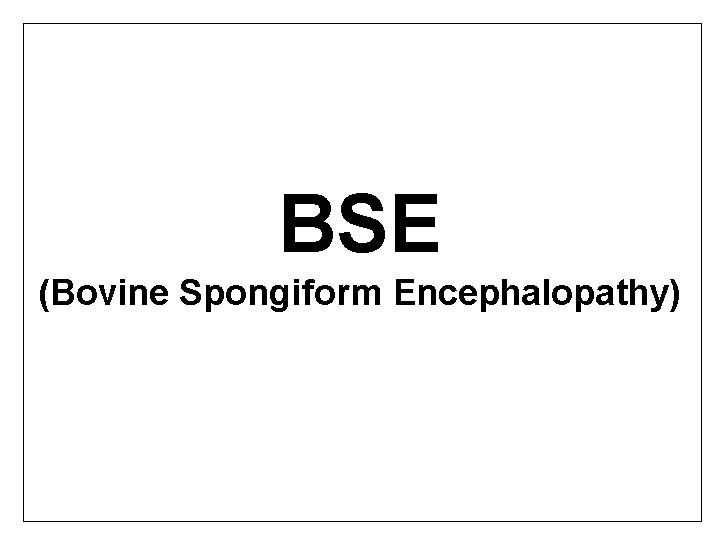The beef sector has been experiencing record high prices in recent months, with the prospect of good prices remaining for some time as the industry slowly rebuilds cow numbers.
It has been a good time for beef farmers who have often faced razor-thin margins in the not so distant past. The current market strength has allowed producers to once again see profits on their operations.
But markets are always a volatile place, and a recent announcement in terms of Canadian herd health coming out of Alberta has to send shivers through the entire beef industry in this country.
Canada’s 19th case of Bovine spongiform encephalopathy (BSE), also known as mad cow disease, was confirmed in an Alberta cow by the Canadian Food Inspection Agency on Feb.11.
It was back in May 2003 the CFIA announced a black Angus cow from northern Alberta had been found to have bovine spongiform encephalopathy. United States immediately closed its border to Canadian beef and cattle. About 40 countries follow suit.
The border closures then rocked the Canadian beef industry to its very core. Producers here produce more than domestic consumption in most farm products, meaning huge amounts must go to export. When the borders close to such sales it is difficult for the Canadian market to absorb the extra product, especially in the case of something like beef, where animals need to be butchered in a somewhat time sensitive fashion.
We saw Canadians rally to the cause to support farmers, with some fast food chains even converting to Canadian only beef at the time as a show of solidarity with farmers.
But prices still tumbled. Aged cows in particular plummeted from hundreds of dollars for a cull cow, to tens of dollars.
Not surprisingly farm profits nose-dived. By February 2004, Statistics Canada reported farm income had fell to its lowest level in three years in 2003 due in part to the mad cow crisis.
By late 2004, losses were massive.
A report from the BMO’s economics department suggested Canadian cattle producers had lost about $5 billion since the crisis began.
It took years for the market to fully stabilize in terms of open border access to the list of countries which had so quickly clamped them closed.
Since then protocols have been established to both do more testing to ensure Canadian cow herd health in terms of BSE, and to establish thresholds which have helped hold market access in the face of subsequent positive tests. In 2014, Canada tested just over 27,000 cattle for BSE.
Canada’s last previous confirmed case of BSE was reported in 2011 in a cow born in August 2004.
Now a new case pops up.
And it could have an impact on markets, and Canada’s BSE status, especially depending on its age.
If the cow is over 11 years old little changes.
But, if the cow is under 11 years old, Canada would no longer be able to apply to the World Organization for Animal Health (OIE) to have Canada’s status moved from ‘controlled BSE risk’ to ‘negligible’. Under the OIE criteria, a country can be categorized as negligible risk if it has never had a case of BSE in a domestic animal or if any infected animals were born more than 11 years ago.
Canadian officials have been preparing to apply for a change in the OIE risk status.
The OIE status and how other country’s view Canadian beef are important, and the most recent BSE case only goes to once more show how fragile an agriculture sector is to influences which are beyond producers to control.
Calvin Daniels is Assistant Editor with Yorkton This Week.




